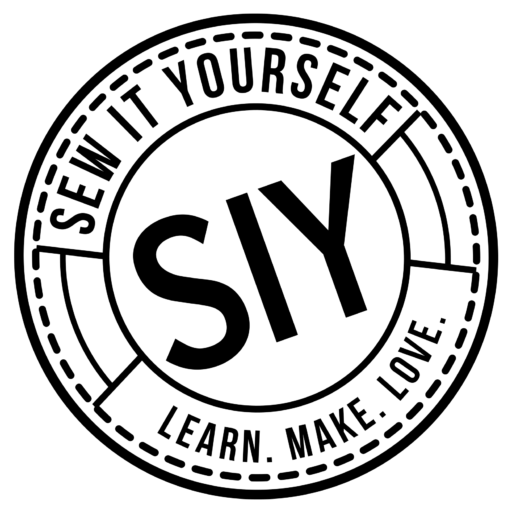A Beginner’s Guide to Sewing Machine Feet
By Lindsay Conner
Photo credit: Baby Lock
Many sewing machines for beginners come with a few different sewing machine feet. These accessories are designed to make it easier to sew different projects and try new techniques! But before you dive in, let’s take a closer look at each of those basic sewing machine feet and talk about what they are used for.
Note: Most sewing machine feet pictured here are snap-on feet, but your machine may require screw-on feet, which will look slightly different than the Baby Lock feet pictured here.

A General Purpose or Standard sewing machine foot is also called a Zig Zag foot. This foot allows you to move the needle all the way to the right and left and also create a wide zig-zag stitch. You’ll use a general purpose sewing machine foot in many projects, as it works with a wide variety of stitch patterns! Consult your manual if you are unsure of what sewing machine foot to attach for a particular stitch.

A Zipper foot is included with many beginner sewing machines, making it a piece of cake to attach zippers, snap tape, piping, or decorative cording! With a narrow toe, this foot allows you to sew as close up to the zipper as possible on either the right or left side. The minimal design leads to greater visibility!

A Blind Stitch foot is useful for sewing an easy blind stitch, which helps you make invisible hems on the end of garments, curtains, and more. It may have a metal or plastic guide to help you line up your stitches with the edge of the fabric.

A Buttonhole foot is a large plastic guide that is made to measure a button and stitch an accurate sized hole for that button on a garment. It takes a little getting used to, but once you’ve mastered this technique, you’ll be amazed at what you can do!

An Overcasting foot (also called overlock) allows you to use your sewing machine to create the effect of a serger. This finish locks the threads around the seams of a garment to prevent the fabric from fraying.

An Open Toe or Monogramming foot allows you to easily see what you’re stitching with its wide-open toe. This increased visibility will help you sew applique, embellishments, and decorative stitches with ease!

A Rolled Hem or Hemmer foot will help you sew a narrow rolled hem on clothing made from sheer or fine fabrics. This handy foot will turn the fabric and sew it in place so you don’t even need to press the hem prior to stitching! Common sizes include 1/8” and ¼” rolled hems.

A Teflon foot is ideal for sewing fabrics like leather, plastic, vinyl, or suede that tend to stick to regular sewing machine feet. This material easily glides along the fabric so you can create nice, even stitches when sewing with specialty fabrics!

A Walking foot is useful when joining multiple layers of fabric together evenly without having them shift on you. Quilters often use a walking foot to stitch straight-line quilting or to attach binding. It can also help when you’re sewing “slippery” fabrics like velvet or corduroy.

A Quarter Inch foot is often used by quilters who want to create perfect ¼” seams in their patchwork blocks. By centering the needle and lining up the edge of the foot with the fabrics, you can get that accurate seam every time.

A Free Motion Quilting foot like this one (pictured above) screws onto the machine to replace a standard sewing machine foot. With its clear material for visibility, this foot is used while the machine’s feed dogs are lowered so the quilter can move the fabric freely around on the bed of the machine for free-motion quilting or freehand embroidery.
We hope you enjoyed this beginner’s guide to sewing machine feet! Though this list covers just the basics, we know that in time you will spread your creative wings and may wish to utilize other types of sewing machine accessories. Let us know in the comments if you’ve tried other sewing machine feet not included in this list.








Comments are closed.